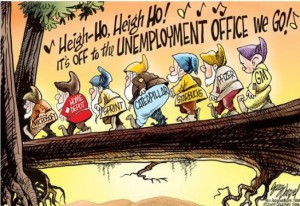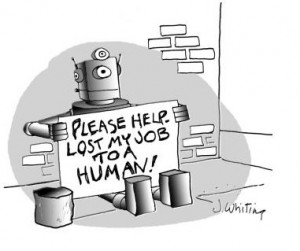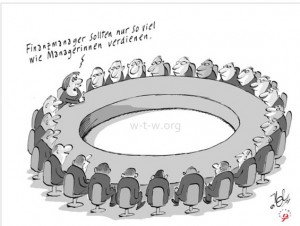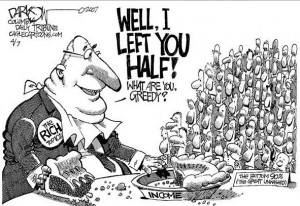Women get paid less than men in almost all jobs, but when women in low-wage jobs need to take time off work to care for children, they are at an even greater disadvantage.
If all employees got paid the same hourly amount (assuming they’re equally productive on the job), it would go a long way toward closing the gender pay gap, according to Claudia Goldin, a Harvard economist who has analyzed income data across occupations, including a new set of unpublished data on hourly workers that she prepared for the White House Summit on Working Families in June.
Instead, she has found, people in professions like law and finance get paid disproportionately more when they work extra-long hours. At the other end of the spectrum, people in low-wage jobs do not benefit much from working more, but get paid disproportionately less per hour when they work fewer than 40 hours a week. The penalty is similar for men and women — but ends up hurting women more, because they are far more likely to take breaks during their careers or need shorter or predictable hours to handle child care.
Working fewer hours in low-paying jobs, Ms. Goldin said, “can get even nastier, because of the problem that flexibility here is not just the number of hours but whether you even know which hours you’re going to be working.”
While the challenges are different at high-income and low-income jobs, the bottom line is the same: Employees, particularly parents, need some measure of predictability and control over the hours they work; the workplace could be much more equal if they weren’t penalized for not working a straight 40-hour workweek.
Working-class women are much more likely than high-wage ones to leave work altogether when their children are infants and toddlers, according to Ms. Goldin. That is in part because the United States does not mandate paid maternity leave or subsidized child care, so many women cannot afford to keep a job while their children are young.
Once women return to work, they get paid less than men still on the job because they have lost skills during their time off and because they tend to work less than full time. As a result, they are more likely than men to work in hourly jobs instead of higher-paying salary and supervisory ones, and get paid less even for the hours they work.
The problems affect not just parents but also students, people with more than one job and those with other caretaking responsibilities, like for elderly parents. With the rise in part-time workers who want to work full-time and scheduling software that forces workers to be on call all the time, getting a reasonable schedule is even harder.
Women earn less than men in low–wage jobs. They are further penalized for working fewer than 40 hours a week, which they do more often than men in order to take care of children.
Using federal data that includes hourly earnings, Ms. Goldin analyzed eight broad occupation categories that pay near minimum wage, including food preparation, clerical work and service jobs like health aide or housekeeper. Women in the operators occupation, like sewing machine operators or bus drivers, are worst off, earning about 83 cents for every dollar men earn after controlling for hours worked, while female office assistants earn about 96 cents on the dollar, according to her data. While the majority of people in these jobs work 40 hours a week, 32 percent of women and 10.5 percent of men work fewer than 40 hours. That is where the additional pay disparities come in. The reasons employers pay people who work shorter hours disproportionately less is not entirely clear, Ms. Goldin said, but part of it could be to cover fixed costs like benefits, training and office space for people who aren’t there all the time.











